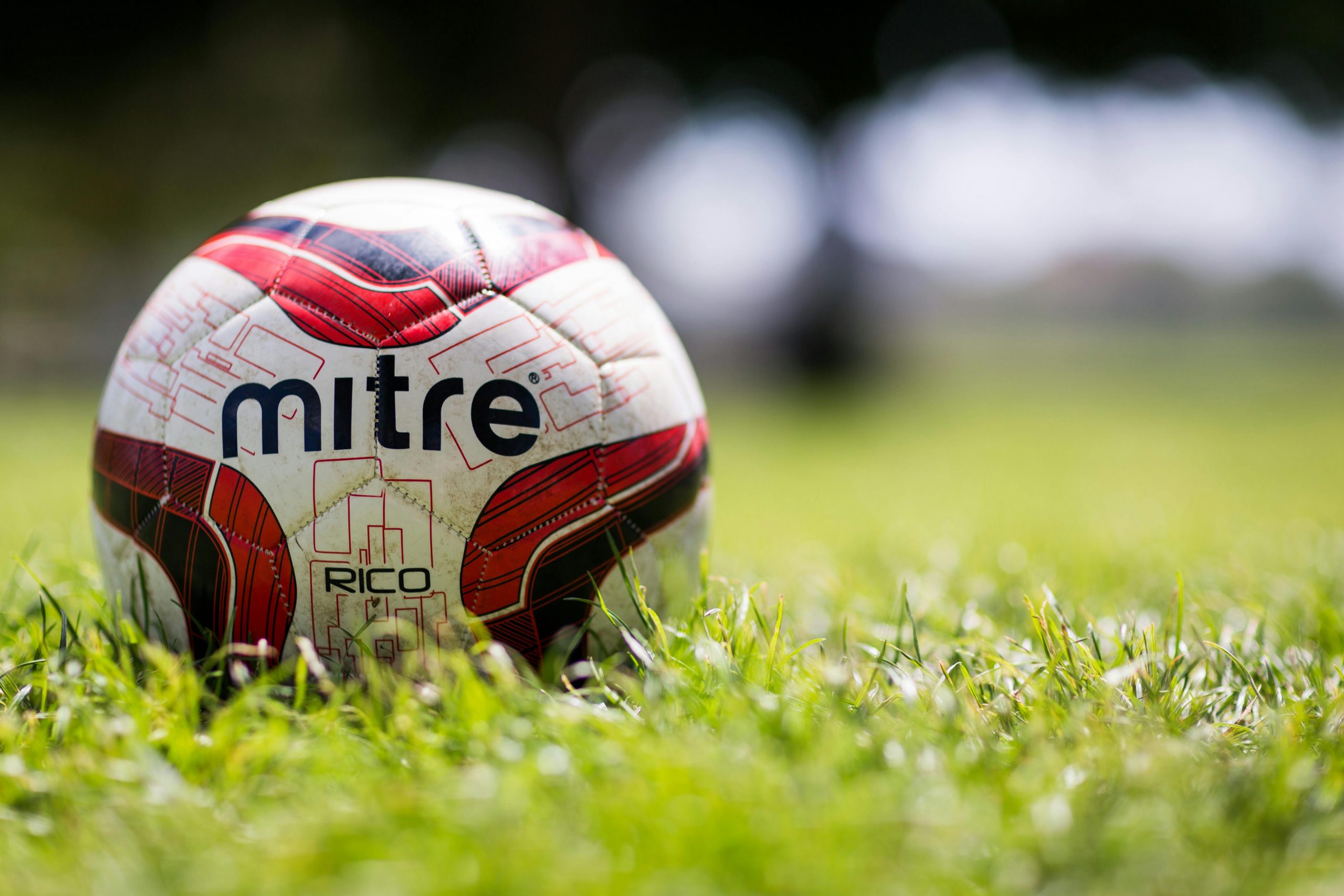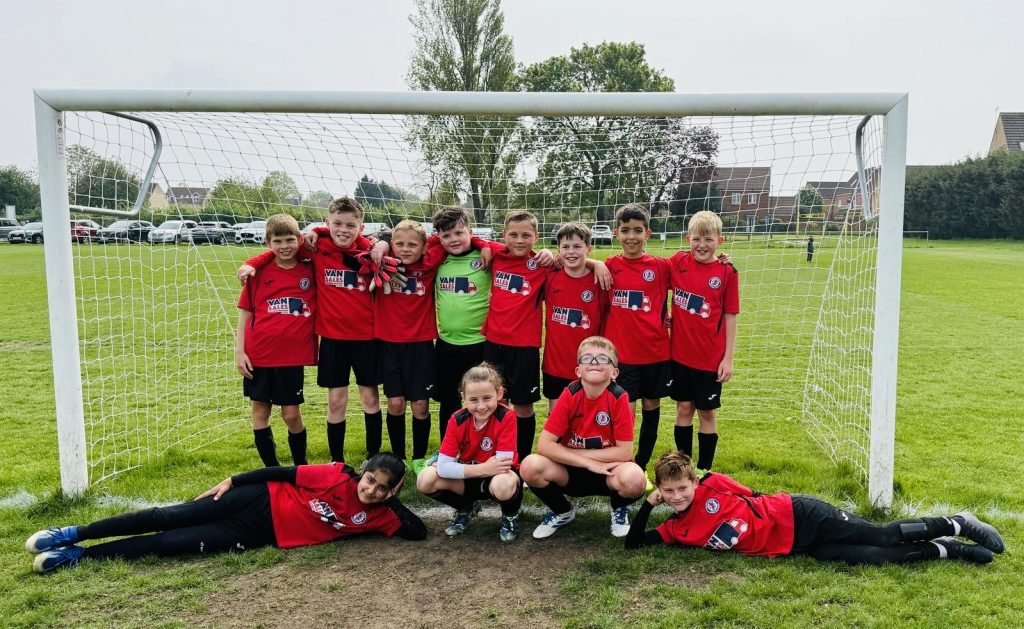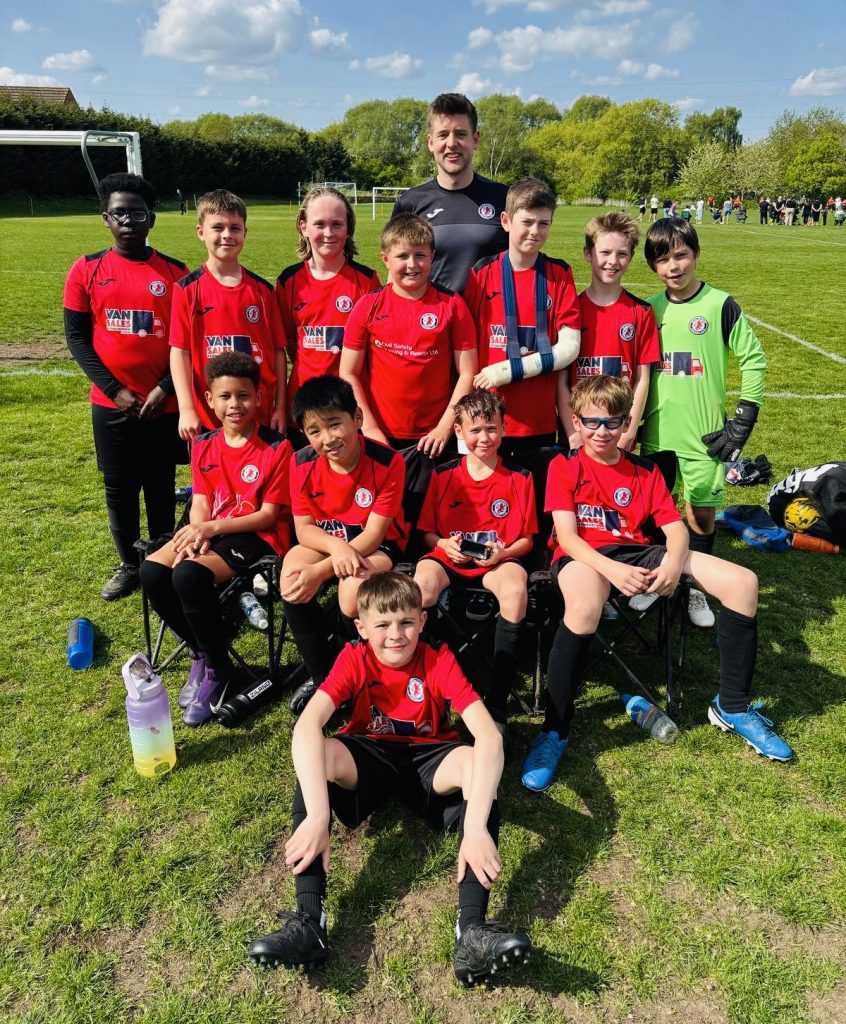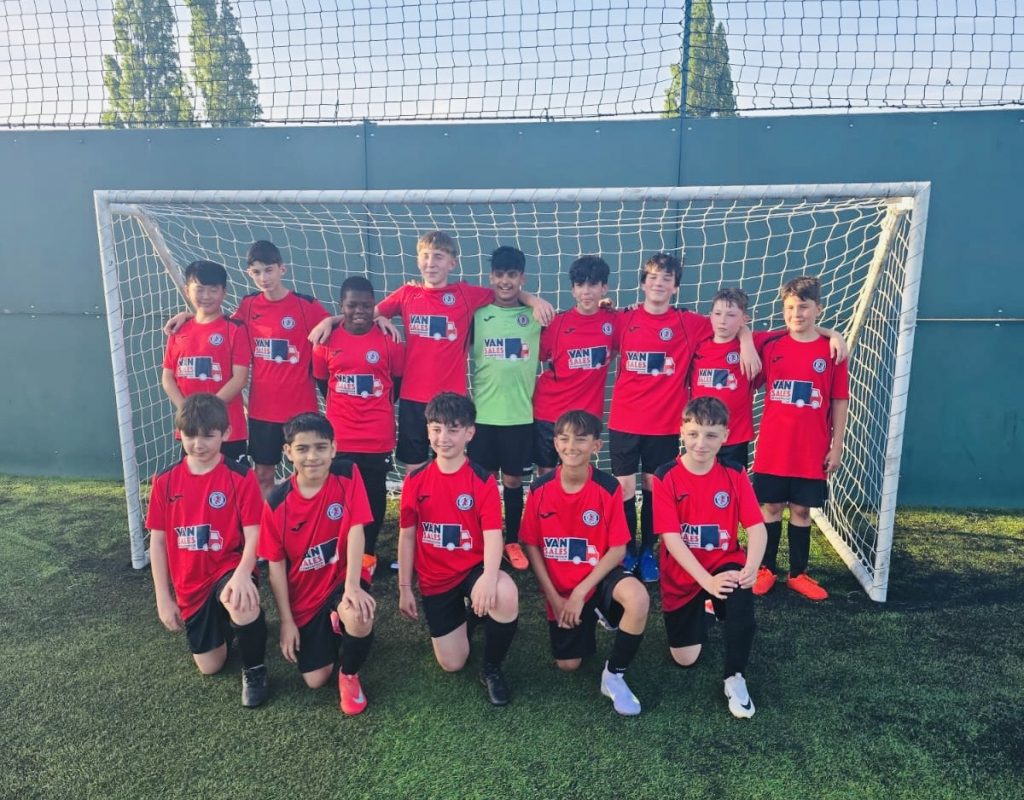Grassroots football across England, are defined to age groups, this provides young players with structured development opportunities, which match their physical and cognitive growth. Typically, grassroots football clubs start to train players from 4 years old and continue up through to teenage years. There is a strong focus on skill development, sportsmanship and fostering a love for the game.
Please see below details of age groups, structure and programs.
Under 5s and Under 6s (Mini Kickers)
Ages: 4–6 years old.
Program: Often called “Mini Kickers” or “Little Kickers,” these sessions usually take place at local sports centers, community fields or school facilities. They do not participate in competitive matches.
Structure: Training is informal, focusing on simple games, basic ball control and social skills. Sessions last around 30-45 minutes.
Team Size: Training sessions are group based and typically 8–12 players per session.


Under 7s and Under 8s
Ages: 6–8 years old.
Structure: This age group is introduced to 5-a-side football, often playing matches on small pitches with smaller goals.
Training Focus: Coaches emphasise dribbling, basic passing and spatial awareness. Games are informal and focus is more on fun and participation rather than competition.
Team Size: Matches usually have 5 players per team and teams often consist of around 8–10 players to allow for substitutions.
Where They Play: Community fields, school grounds and local sports centers are typical locations for training and games.
Under 9s and Under 10s
Ages: 8–10 years old.
Structure: At this stage, players advance to 7-a-side football, allowing them to experience slightly more complex gameplay on a larger pitch.
Training Focus: Skills such as passing, shooting and positioning become more structured. Small tactical concepts like spacing and basic teamwork are also introduced.
Team Size: Teams consist of 10–12 players, with 7 players on the field at any time.
Where They Play: Matches and training are conducted on community fields, school grounds and club-managed facilities.


Under 11s and Under 12s
Ages: 10–12 years old.
Structure: These players transition to 9-a-side football, which more closely resembles a full-sized match and includes more tactics.
Training Focus: Alongside skill-building, a greater focus is placed on tactics, decision-making and teamwork. Sessions are typically longer and may include more fitness training.
Team Size: Teams have around 12–15 players to ensure coverage for games and ample rotation.
Where They Play: Local football clubs, schools, and recreational facilities host these age groups, which may play against teams from other clubs in informal leagues.
Under 13s to Under 15s
Ages: 12–15 years old.
Structure: Players now play 11-a-side football on full-size pitches, with the standard football rules applied.
Training Focus: Training is focused on both technical skills and physical fitness. This stage introduces more advanced tactics, conditioning and mental aspects of the game.
Team Size: Teams typically consist of 16–18 players, providing depth for league competitions and tournaments.
Where They Play: These age groups train and play at club facilities, community fields, and stadiums managed by larger grassroots clubs.


Under 16s to Under 18s
Ages: 15–18 years old.
Structure: This age group plays standard 11-a-side football, often in youth leagues that act as a transition to semi-professional or professional football.
Training Focus: Sessions emphasize fitness, strategy, game intelligence and mental resilience. Some players may begin individual skill sessions, position-specific training and conditioning.
Team Size: Most teams have 18–20 players, as they participate in more competitive leagues that require squad depth.
Where They Play: Matches are held in local leagues, often organized by county football associations and training occurs at club facilities.
Key Considerations for Grassroots Clubs in England
- Inclusivity: Grassroots football encourages participation across all genders and many clubs have girls only teams or integrated training sessions.
- Coach Qualifications: Most grassroots clubs require coaches to hold at least a basic FA coaching qualification, which ensures training quality and child safeguarding.
- Progression Pathways: Some clubs establish pathways for talented players, who may trial with professional youth academies or move up to higher leagues.
Importance of Grassroots Football in England
Grassroots football plays a crucial role in England’s sporting culture, offering young players not only skill development, but also personal growth opportunities through teamwork, discipline and resilience. Many professional English players, such as Harry Kane and Jamie Vardy, began their journeys in grassroots clubs, underscoring the impact of this foundational stage in their careers.
Through well-structured grassroots age groups, young players across England find opportunities to grow in football, receive professional training and pursue potential careers in the sport, creating a dynamic and promising future for English football.